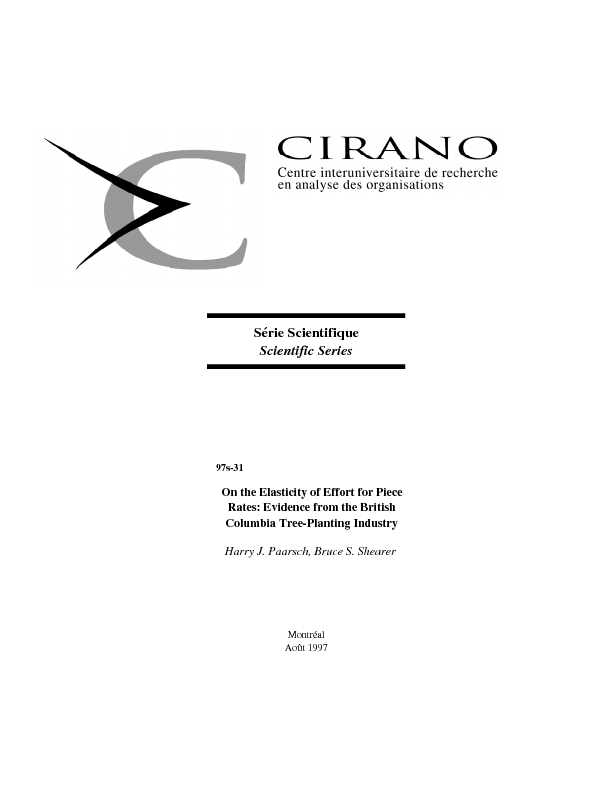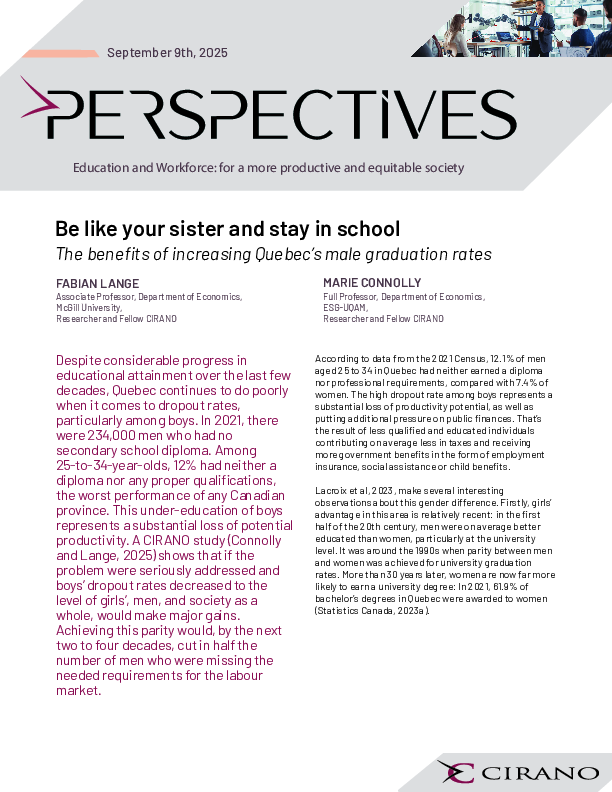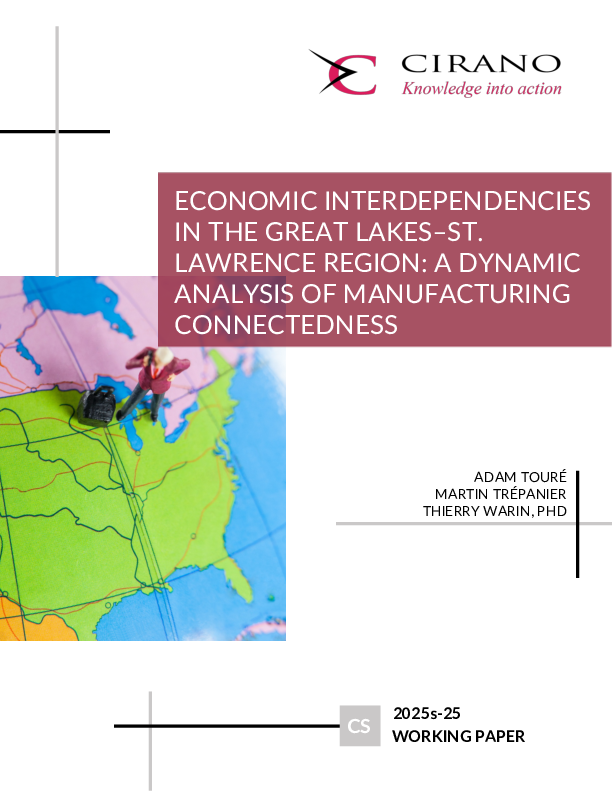On the Elasticity of Effort for Piece Rates: Evidence from the British Columbia Tree-Planting Industry
If policy prescriptions for compensation systems are to be useful, then they must be based on the empirical analysis of incentive effects; i.e., the elasticity of worker effort with respect to changes in the compensation system. We measure the elasticity of worker effort with respect to changes in the piece rate using panel data collected from the payroll records of a British Columbia tree-planting firm. Our data contain information on daily worker productivity and the piece rate received over a five-month period. We highlight the endogeneity problems inherent in traditional empirical analyses of compensation systems. In particular, employing regression methods, which use the sample covariance between piece rates and daily productivity to identify the incentive effect, we consistently estimate the elasticity of effort with respect to changes in the piece rate to be negative. Using a structural model to control for the endogeneity of the piece rate, we estimate the elasticity to be approximately 2.2. Structural estimation also allows us to perform policy experiments and to compare firm profits under alternative compensation systems. Our results suggest that profits would increase by at least 17 percent were the firm to implement the optimal contract as predicted by principal-agent theory.
[ - ]




